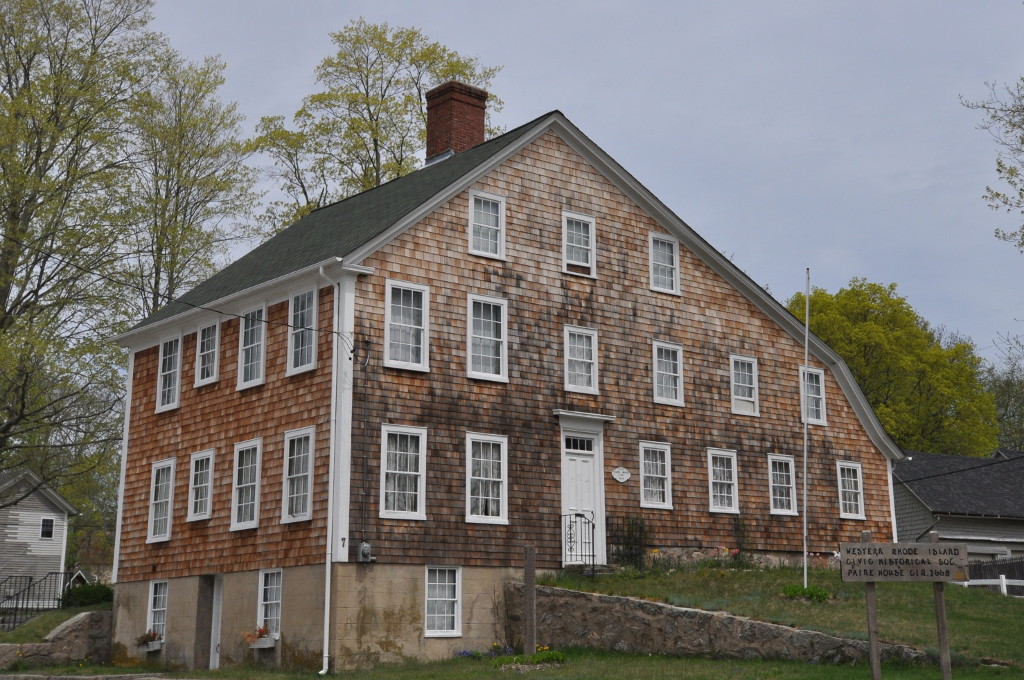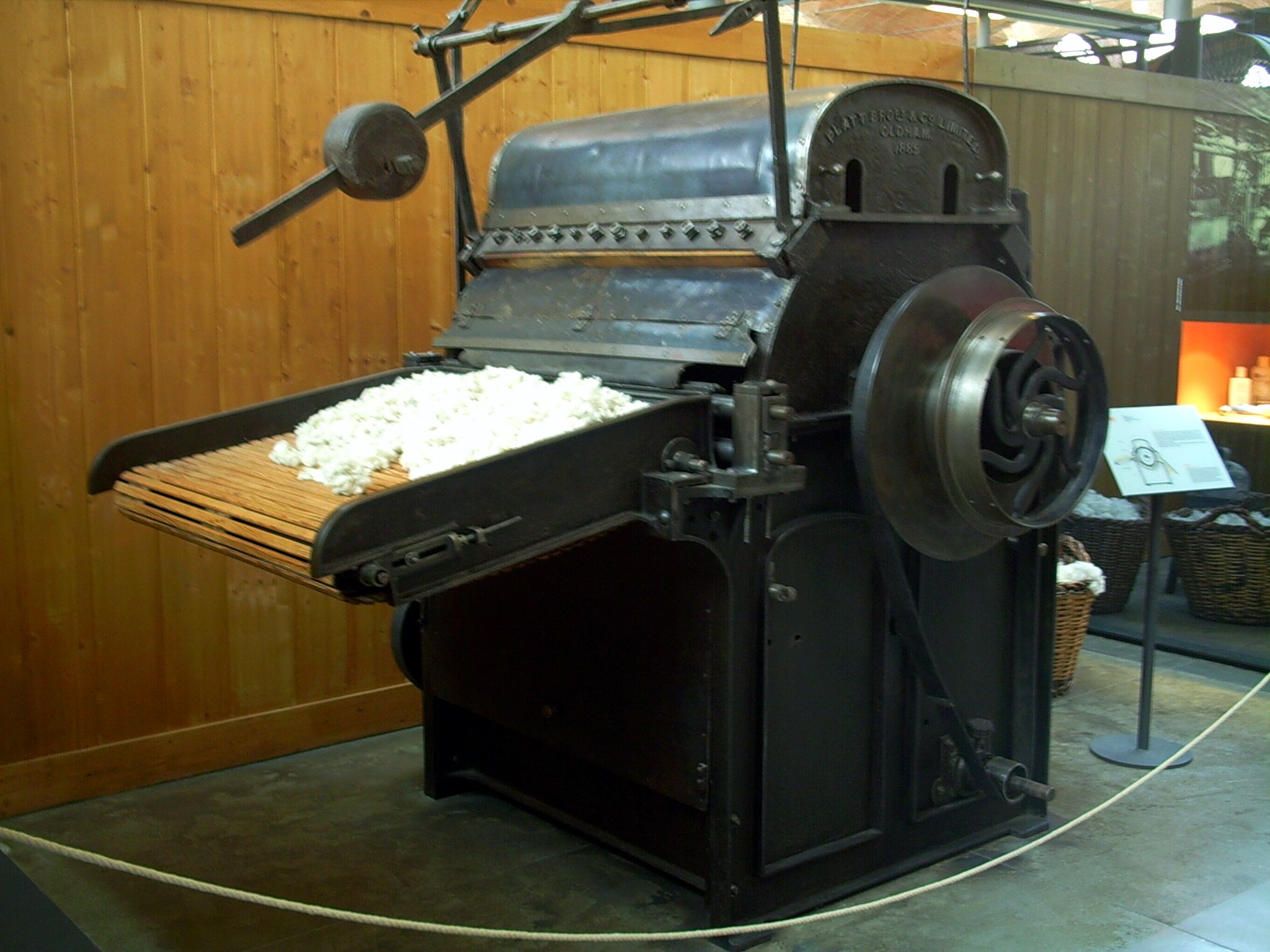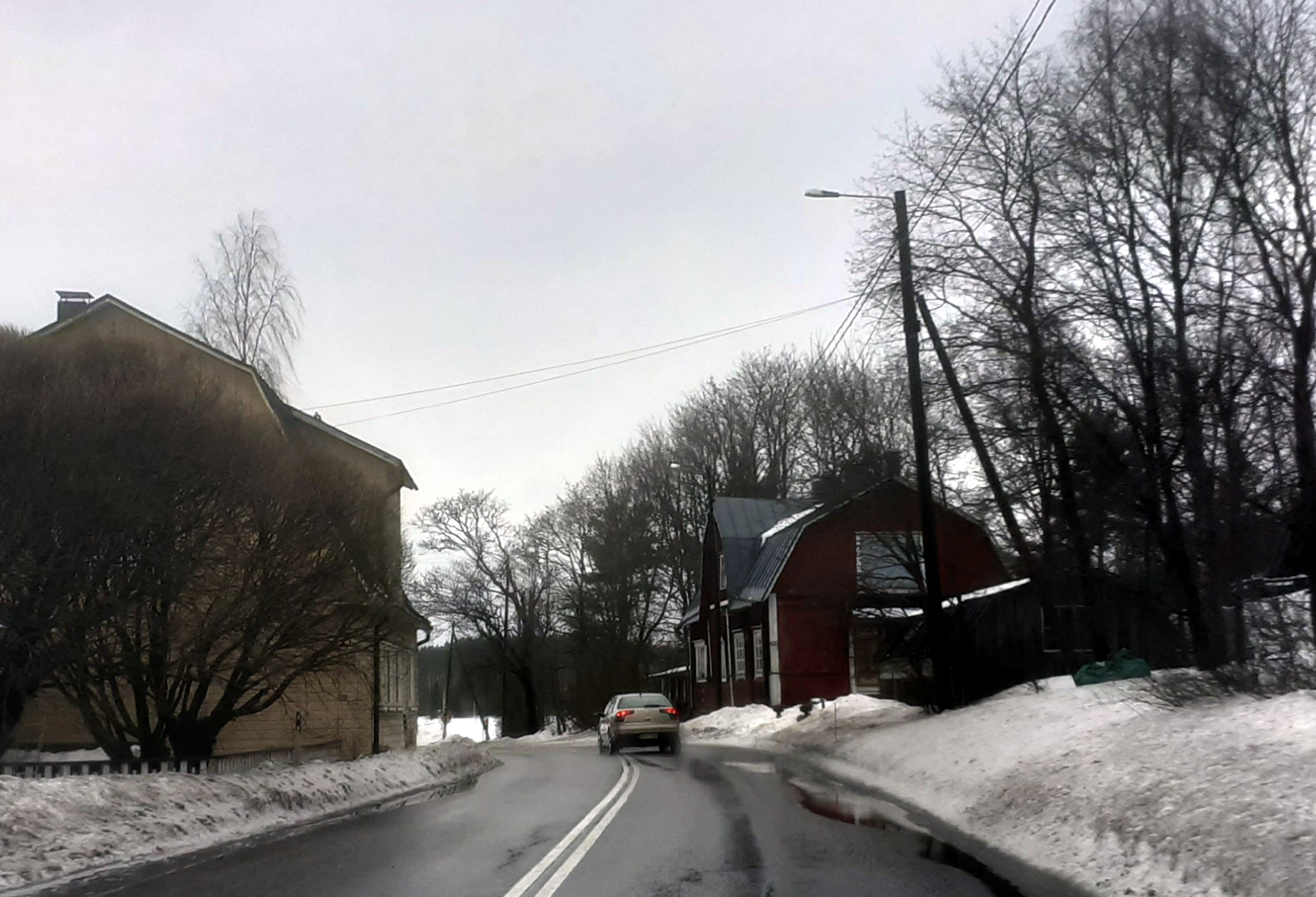|
Tiogue, Rhode Island
Tiogue (formerly Barclay or Pleasant Vale) is a village in Coventry, Rhode Island near the village of Washington, Rhode Island, Washington. Fones Potter (1759-1833), an American Revolution veteran, started a textile mill in the area, which was originally named Pleasant Vale. The Potters named it "Barclay" after the eighteenth-century Scottish Quaker Minister and Writer, Robert Barclay. Potter sold the mill and water rights to Jabez Anthony and Perez Peck who founded the Rope Walk, a manufacturer of anchor rope, twine, and cotton banding and built a long rope twisting building on a stream flowing from the Tiogue Reservoir in the area bordered by Holmes Road, Lydia Road, York Drive, and Arnold Road. Anthony's son and grandson continued the business after his death. By the late nineteenth century the mill closed and a summer colony developed around Lake Tiogue, which has largely altered the village and the only two nineteenth century buildings that remain are the William H. Anthony Ho ... [...More Info...] [...Related Items...] OR: [Wikipedia] [Google] [Baidu] |
Coventry, Rhode Island
Coventry is a New England town, town in Kent County, Rhode Island, Kent County, Rhode Island, United States. The population was 35,688 at the 2020 United States Census, 2020 census and is part of the . Geography According to the United States Census Bureau, the town has a total area of . of it is land and of it (4.49%) is water. The town is bordered by West Warwick, Rhode Island, West Warwick to the east, Foster, Rhode Island, Foster, Scituate, Rhode Island, Scituate, and Cranston, Rhode Island, Cranston to the north, West Greenwich, Rhode Island, West Greenwich and East Greenwich, Rhode Island, East Greenwich to the south, and Sterling, Connecticut, Sterling, Connecticut, to the west. It is the largest town in land area in Rhode Island, being surpassed in total area only by South Kingstown, Rhode Island, with water and land area of . Climate According to the Köppen Climate Classification system, Coventry has an oceanic climate, abbreviated "Cfb" on climate maps. History ... [...More Info...] [...Related Items...] OR: [Wikipedia] [Google] [Baidu] |
Washington, Rhode Island
Washington is a village within the town of Coventry in Kent County, Rhode Island, and is part of the . Background The village was first settled in the 1670s around the time of King Philip's War. It was re-settled after the War and named Braytontown after a local family, the Braytons, who resided in the Paine House which is "the oldest surviving building in the village of Washington and was once a Tavern. This house was built in 1748 by Francis Brayton. Today the Paine House is home to the Western Rhode Island Civic Historical Society." The village was renamed "Washington" in 1810 after the Washington Manufacturing Company. The Hartford, Providence, and Fishkill Railroad maintained a train depot and other buildings near Station Street and along the bike path. The Spencer Marble Works (later Richmond Marble Work), which was located near the train depot, was operated by Oren Spencer and produced gravestones into the twentieth century. Starting around 1880 Calvin Hopkins operated a ... [...More Info...] [...Related Items...] OR: [Wikipedia] [Google] [Baidu] |
Textile Mill
Textile Manufacturing or Textile Engineering is a major industry. It is largely based on the conversion of fibre into yarn, then yarn into fabric. These are then dyed or printed, fabricated into cloth which is then converted into useful goods such as clothing, household items, upholstery and various industrial products. Different types of fibres are used to produce yarn. Cotton remains the most widely used and common natural fiber making up 90% of all-natural fibers used in the textile industry. People often use cotton clothing and accessories because of comfort, not limited to different weathers. There are many variable processes available at the spinning and fabric-forming stages coupled with the complexities of the finishing and colouration processes to the production of a wide range of products. History Textile manufacturing in the modern era is an evolved form of the art and craft industries. Until the 18th and 19th centuries, the textile industry was a household ... [...More Info...] [...Related Items...] OR: [Wikipedia] [Google] [Baidu] |
Robert Barclay
Robert Barclay (23 December 16483 October 1690) was a Scottish Quaker, one of the most eminent writers belonging to the Religious Society of Friends and a member of the Clan Barclay. He was a son of Col. David Barclay, Laird of Urie, and his wife, Lady Katherine Barclay. Although he himself never lived there, Barclay was titular governor of the East Jersey colony in North America through most of the 1680s. Biography Early life and education Barclay was born at Gordonstoun in Moray, Scotland. His father David Barclay, first laird of Ury, had served under Gustavus Adolphus, and pursued a somewhat tortuous course through the troubles of the Scotland in the Wars of the Three Kingdoms, Civil Wars. His mother was Katherine Petau de Maulette Gordon (1620–1663). Robert was sent to finish his education at the Scots College, Paris, of which his uncle was Rector, and made such progress in study as to gain the admiration of his teachers, specially of his uncle, who offered to mak ... [...More Info...] [...Related Items...] OR: [Wikipedia] [Google] [Baidu] |
Villages In Kent County, Rhode Island
A village is a clustered human settlement or community, larger than a hamlet but smaller than a town (although the word is often used to describe both hamlets and smaller towns), with a population typically ranging from a few hundred to a few thousand. Though villages are often located in rural areas, the term urban village is also applied to certain urban neighborhoods. Villages are normally permanent, with fixed dwellings; however, transient villages can occur. Further, the dwellings of a village are fairly close to one another, not scattered broadly over the landscape, as a dispersed settlement. In the past, villages were a usual form of community for societies that practice subsistence agriculture, and also for some non-agricultural societies. In Great Britain, a hamlet earned the right to be called a village when it built a church. [...More Info...] [...Related Items...] OR: [Wikipedia] [Google] [Baidu] |
Providence Metropolitan Area
The Providence metropolitan area is a region extending into eight counties in two states, and is the 38th largest metropolitan area in the United States. Anchored by the city of Providence, Rhode Island, it has an estimated population of 1,622,520, exceeding that of Rhode Island by slightly over 60%. The area covers almost all of Rhode Island. Thirty-eight of the 39 municipalities in the state are included; only Westerly is not. The Providence Metropolitan Statistical Area also extends into southern Massachusetts with an average population density of 2300 per mi2 (888 per km2). Its Gross Metropolitan Product is the country's 42nd largest at $64.7 billion, just above the Gross State Product of the entire state of Hawaii. Since 2006, the Providence metropolitan area has been officially included in the Greater Boston Combined Statistical Area (CSA), the sixth-largest CSA in the country, with over eight million residents. Boundaries The Providence metropolitan area contains towns ... [...More Info...] [...Related Items...] OR: [Wikipedia] [Google] [Baidu] |
Villages In Rhode Island
A village is a clustered human settlement or community, larger than a hamlet but smaller than a town (although the word is often used to describe both hamlets and smaller towns), with a population typically ranging from a few hundred to a few thousand. Though villages are often located in rural areas, the term urban village is also applied to certain urban neighborhoods. Villages are normally permanent, with fixed dwellings; however, transient villages can occur. Further, the dwellings of a village are fairly close to one another, not scattered broadly over the landscape, as a dispersed settlement. In the past, villages were a usual form of community for societies that practice subsistence agriculture, and also for some non-agricultural societies. In Great Britain, a hamlet earned the right to be called a village when it built a church. [...More Info...] [...Related Items...] OR: [Wikipedia] [Google] [Baidu] |





